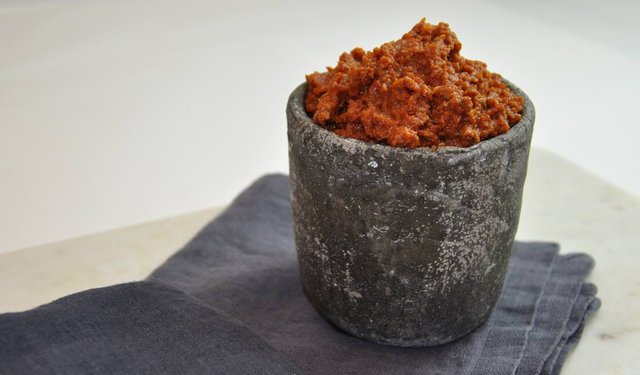Meat sauce

The sauce is born of meat.
In Emilia-Romagna there is the classic bolognese made with mixed minced beef and pork, in white or with tomato sauce. It is the favorite condiment for lasagna, but not the only one. Of ragù, in fact there are plenty of meat, fish or vegetables. And in each category there are infinite nuances of taste varying for the use of the raw material used, cooking times and seasonings.
Before talking about the various types of meat sauce it is important to remember the tradition that imposes two timeless classics: one in the north, one in the south.
In the north we find Bolognese meat sauce. It is the most used sauce in Italy, and probably also in the world, to season fresh and dried pasta. Born in Emilia Romagna, land from which it derives the most genuine raw materials: ground beef and pork, tomato and a lot of grated Parmesan. It is a slow cooking sauce, of at least three hours, which can be more or less red, sometimes even completely white.
On the other side there is the Neapolitan ragù, a true institution in Campania. The most conservative grandmothers and mothers get up at dawn to put on the fire this rich red sauce based on beef steaks, sausages and pork chops. After at least 4 hours of slow cooking in a pan, this preparation spreads the dining table several times: in pasta, in lasagna, in rice for sartù and again in the second course. Very often the tomato sauce is used as cooking liquid for beef chops stuffed with raisins, pine nuts, garlic, parsley and parmesan.
As for the types of meat in addition to specific beef and pork ragout, duck, goose and wild boar ragouts appear. In regions such as Umbria and Abruzzo, all around the Alps and the Apennines, every trattoria has its pappardella with game ragù. Most of the time it is white meat sauce where the taste of meat with a strong wild taste is slightly more prevalent than slightly marinated with white or red wine. The beauty of this sauce is in the cutting of meat: sometimes it is ground, sometimes melting cubes for long cooking. Opposite for the flavor of the courtyard sauce, that is, of peaceful animals such as chickens, turkeys, rabbits and hens. Their meats are much more delicate, suitable for Mediterranean sauces. Cherry tomatoes, olives, parsley, thyme usually flavor these meats most often faded with white wine, and not with red. And then there is the winter sausage ragout, shelled and slightly pungent. Also white or red, nuanced or not with wine and perhaps enriched with a bitter radicchio or a Mantuan pumpkin.
Classic sauces based on celery, carrots and onions, or shallots, are well present in all three types. At least for what concerns us, we love to cut vegetables coarsely in such a way that they support long cooking and are perceived by the bite.
What distinguishes a sauce is also cooking. There are not only slow cooking ragù. Especially the white meat loves lively fire and short times, because it is lean. The game instead must necessarily be braised.
Another characteristic element of the sauce is the aromatic herbs: rosemary, bay leaves, sage. It is difficult to find parsley inside a meat sauce. Rosemary, however, goes very well with sausage and potent ragout. Laurel is fantastic with game, red wine and tomato. Sage is balsamic and enhances the white meat of the chicken, especially if browned with butter.
The creativity of the cook does the rest. Depending on the season, any vegetable can give different colors and tones to the meat; exotic spices such as turmeric, garam masala, paprika, cocoa or the same pepper in different varieties (Madagascar, Tellycherry, Bengal) leave the taste and smell of stink because invisible.
This sounds absolutely great! I usually just use a standard pizza sauce for lasagna but this sounds so much better. I'd love to try a duck one, I don't think i'd ever imagine a duck sauce for lasagna but I think it could work really good. Which type do you like the best?
Downvoting a post can decrease pending rewards and make it less visible. Common reasons:
Submit